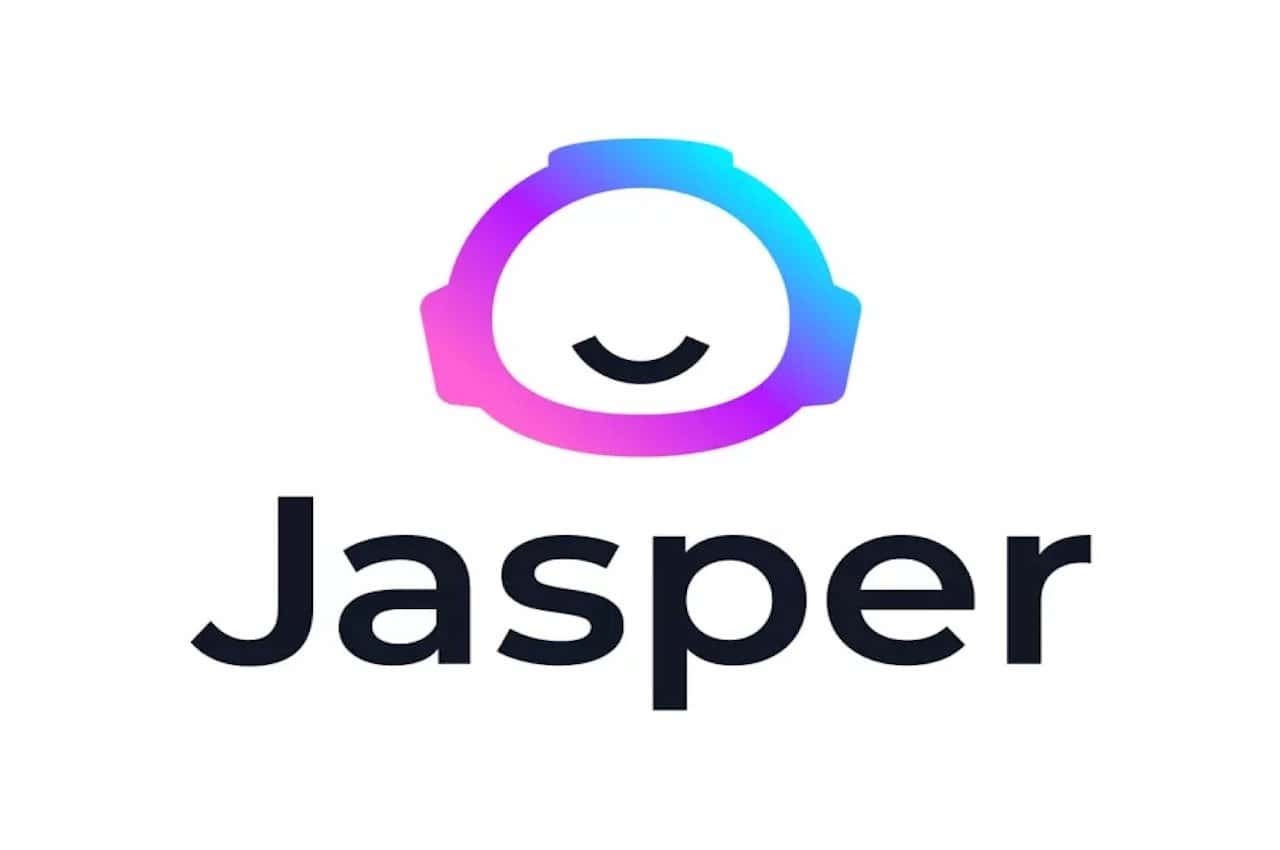
AI blog writing tools have transformed content creation for both businesses and individuals. These tools utilize advanced algorithms to quickly and efficiently produce high-quality blog posts. As of 2025, some of the top AI blog writing tools include Scalenut, Brandwell, and HubSpot’s AI Content Writer. These advanced platforms leverage natural language processing (NLP) and machine learning to generate text, suggest topics, and optimize content for search engines.
Leading options like Jasper and Writesonic provide a variety of features, from crafting engaging blog posts to creating attention-grabbing marketing copy. When selecting the right tool, it’s essential to consider your specific needs and budget; alternatives like Rytr offer more affordable solutions. While AI can significantly assist in content creation, editing, and proofreading are still crucial to maintain quality. By combining AI tools with ongoing learning and feedback, you can enhance your blog writing and engage your audience effectively.
These AI-driven solutions also facilitate keyword planning, topic research, and content optimization. Many tools integrate seamlessly into existing workflows, making them valuable assets for content marketers and bloggers. Although AI writing tools can dramatically accelerate content production, human oversight is vital to ensure that the final output aligns with your brand voice and maintains accuracy. The most effective content strategies often blend AI assistance with human creativity and expertise.

Elevate Your Writing with AI: Top Blog Tools for 2025
Artificial intelligence is changing how we write. AI writing tools can help you create blog posts faster and easier. They can also improve the quality of your writing. These tools can generate ideas, write outlines, and even write full blog posts.
Top AI Blog Writing Tools
Here are some of the best AI blog writing tools available:
- Jasper: Jasper is one of the most popular AI writing tools. It offers many features, including blog post generation, outlines, and social media content creation.
- Writesonic: is another popular AI writing tool that can generate different types of content, including blog posts, articles, and marketing copy. It also offers a WordPress plugin.
- Anyword: Anyword focuses on creating marketing copy that converts. It uses data to predict how well your copy will perform.
- Copy.ai: Copy.ai is a good option if you need to generate many different types of copy quickly. It offers templates for various formats, including blog posts, social media content, and email newsletters.
- Rytr: Rytr is a more affordable AI writing tool that offers many of the same features as more expensive tools. It can generate different types of content, including blog posts, articles, and stories.
Here’s a table summarizing these tools and their strengths:
| Tool | Best For | Pricing |
|---|---|---|
| Jasper | Overall quality and features | Starts at $49/month |
| Writesonic | High-quality content with a WordPress plugin | Starts at $19/month |
| Anyword | Data-driven copywriting | Starts at $49/month |
| Copy.ai | Generating many types of copy quickly | Starts at $36/month |
| Rytr | Budget-friendly option with good features | Starts at $9/month |
Choosing the Right Tool for You
Consider your needs and budget when choosing an AI blog writing tool. If you need a tool with many features, Jasper or Writesonic are good options. If you’re on a budget, Rytr is a good choice.
Remember that AI writing tools are not perfect. They can be helpful, but you still need to edit and proofread your work.
Other Ways to Improve Your Blog Writing
In addition to using AI writing tools, you can also improve your blog writing by:
- Reading other blogs: This can give you ideas for topics to write about and help you see different writing styles.
- Taking a writing course: This can help you improve your grammar, punctuation, and overall writing skills.
- Getting feedback from others: Ask friends, family, or colleagues to read your work and give you feedback.
By using AI writing tools and following these tips, you can create high-quality blog content that engages your readers.
Key Takeaways
- AI blog writing tools streamline content creation with features like keyword planning and topic research
- Top tools include Scalenut, Brandwell, and HubSpot’s AI Content Writer
- Effective use of AI writing tools requires balancing automation with human oversight
Understanding AI in Blog Writing
AI writing tools have transformed the landscape of content creation. These technologies leverage advanced algorithms to assist bloggers and content creators in producing high-quality articles efficiently.
The Evolution of AI Writing Tools
AI writing tools have come a long way since their inception. Early versions focused on basic tasks like grammar checking and spell correction. Modern AI writers can generate entire articles, create outlines, and even optimize content for SEO.
Recent advancements have introduced more sophisticated features. These include style adaptation, tone matching, and contextual understanding. AI tools now offer personalized writing suggestions based on the user’s preferences and target audience.
The integration of large language models has significantly improved the quality of AI-generated content. These models can understand context, generate human-like text, and maintain coherence across long-form articles.
How AI Improves Content Generation and Productivity
AI writing tools boost productivity by automating time-consuming tasks. They can generate ideas, create outlines, and produce draft content in minutes.
These tools help overcome writer’s block by suggesting topics and providing relevant information. They can also expand on key points, saving writers hours of research time.
AI assistants can adapt to different writing styles and tones. This flexibility allows content creators to maintain consistency across various platforms and target audiences.
Many AI tools offer real-time editing suggestions, improving grammar, readability, and overall quality. This feature reduces the need for extensive proofreading and editing.
The Role of NLP and Machine Learning
Natural Language Processing (NLP) forms the backbone of AI writing tools. It enables machines to understand, interpret, and generate human language.
NLP algorithms analyze vast amounts of text data to learn patterns, grammar rules, and writing styles. This knowledge is then applied to generate coherent and contextually appropriate content.
Machine learning algorithms continuously improve the AI’s performance. They learn from user feedback and interactions, refining their outputs over time.
These technologies enable AI tools to perform complex tasks like sentiment analysis, content summarization, and language translation. Such capabilities enhance the versatility and effectiveness of AI writing assistants.
Top AI Blog Writing Tools Overview
AI writing tools have revolutionized content creation. These platforms offer diverse features to enhance blog writing efficiency and quality.
Jasper for Versatile Content Creation
Jasper stands out as a comprehensive AI blog writer. Its user-friendly interface simplifies content generation across various formats. The platform integrates with Chrome extensions like Grammarly, improving overall writing quality.
Jasper offers:
- Text and image generation
- Auto-save functionality
- Document sharing capabilities
- Revision tools
These features make Jasper suitable for bloggers seeking an all-in-one solution. The tool adapts to different writing styles, helping maintain a consistent brand voice across blog posts.
Writesonic and Marketing Copy
Writesonic excels in creating marketing-focused blog content. The platform generates compelling headlines, product descriptions, and ad copy.
Key Writesonic features include:
- AI-powered headline generator
- SEO-optimized content creation
- Multi-language support
Bloggers can use Writesonic to craft attention-grabbing intros and persuasive calls-to-action. The tool’s marketing expertise helps blogs attract and retain readers through engaging content.
Rytr for Social Media Engagement
Rytr specializes in creating content for social media platforms. This AI writer helps bloggers extend their reach beyond traditional blog posts.
Rytr offers:
- Platform-specific post generators (e.g., Twitter, Facebook, Instagram)
- Tone and style customization
- Hashtag suggestions
The tool’s focus on social media engagement allows bloggers to repurpose their content effectively. Rytr helps maintain a consistent voice across various platforms, strengthening brand identity.
Copy.ai and Long-Form Content
Copy.ai excels in generating long-form blog content. The platform uses advanced AI to create in-depth articles on various topics.
Copy.ai features:
- Blog post outline generator
- Paragraph expander tool
- Idea generation for series of blog posts
Bloggers can use Copy.ai to overcome writer’s block and produce comprehensive, well-structured articles. The tool’s ability to generate related ideas helps in creating cohesive content series, improving overall blog strategy.
Integrating AI Writing Tools into Content Strategy
AI writing tools enhance content creation by improving SEO and user experience. These tools offer data-driven insights and streamline the writing process for more effective content strategies.
Enhancing SEO with AI-Powered Writing Assistants
AI writing tools boost SEO performance through keyword optimization and content structure improvements. These tools analyze top-ranking content and suggest relevant keywords to include. They also provide recommendations for headings, meta descriptions, and word count to align with search engine preferences.
AI assistants help create SEO-friendly content by:
- Identifying trending topics and search queries
- Suggesting long-tail keywords for better targeting
- Analyzing competitor content for gaps and opportunities
- Providing real-time SEO score feedback
By leveraging these features, content creators can produce more discoverable and competitive articles that rank higher in search results.
Optimizing User Experience Through Consistency and Readability
AI writing tools improve content quality and readability, leading to better user experiences. These tools ensure consistent tone, style, and formatting across all content pieces. They also help simplify complex ideas and maintain an appropriate reading level for the target audience.
Key benefits for user experience include:
- Automated grammar and spelling checks
- Suggestions for clearer sentence structures
- Readability score analysis and improvement tips
- Consistent brand voice across multiple authors
AI tools also help create scannable content with appropriate headings, bullet points, and short paragraphs. This structure makes articles easier to read and understand, increasing user engagement and time spent on the page.
Challenges and Best Practices with AI Blog Writing Tools
AI blog writing tools offer many benefits, but they also come with challenges. Users must navigate issues of originality, brand consistency, and content quality to maximize these tools’ potential.
Addressing Plagiarism Concerns
AI-generated content can raise plagiarism red flags if not used properly. To avoid this:
- Use AI as a starting point, not the final product
- Fact-check and verify all information
- Rewrite and personalize AI outputs extensively
- Employ plagiarism detection tools to catch any unintentional copying
- Cite sources when using AI to summarize existing content
These steps help ensure original, valuable content that builds trust with readers and search engines.
Maintaining a Unique Brand Voice
AI tools may struggle to capture a brand’s unique voice and style. To preserve brand identity:
- Create detailed brand guidelines for AI tool inputs
- Use custom training data specific to your brand’s tone and style
- Review and edit AI-generated content for brand consistency
- Blend AI-generated text with human-written sections
- Regularly update AI prompts to reflect evolving brand messaging
This approach helps maintain a consistent voice across all content, even when using AI assistance.
Measuring Content Quality and Relevancy
Ensuring AI-generated content meets high standards can be challenging. To maintain quality:
- Set clear quality metrics for AI-generated content
- Use readability scoring tools to assess clarity
- Implement human review processes for all AI outputs
- Track engagement metrics to gauge reader interest
- Regularly test AI-generated content against human-written pieces
By monitoring these factors, brands can leverage AI tools while still producing high-quality, relevant content that resonates with their audience.
Frequently Asked Questions
AI writing tools have revolutionized blog content creation. These tools offer various features and capabilities to assist bloggers in generating high-quality content efficiently.
What are the top AI writing tools currently available for bloggers?
Jasper, CopyLime, and KoalaWriter are popular AI writing tools for bloggers. Jasper offers a comprehensive set of features, including text and image generation. CopyLime focuses on helping users write engaging content quickly. KoalaWriter utilizes GPT-4 and Google’s AI technologies for efficient content production.
Are there any high-quality free AI tools for blog content generation?
Most advanced AI writing tools require a paid subscription. However, some platforms offer limited free versions or trial periods. Users should research and compare options to find tools that fit their budget and needs.
What AI writing software do professional bloggers recommend?
Professional bloggers often recommend tools like Jasper and KoalaWriter. These platforms offer advanced features and produce high-quality content. The choice depends on individual needs and preferences.
How do AI tools for blog writing enhance content creation?
AI writing tools improve efficiency and productivity. They generate original content based on user prompts. These tools can help overcome writer’s block and provide inspiration for new ideas.
What features should one look for in an AI blog writing assistant?
Key features include text generation, grammar checking, and editing capabilities. Integration with other tools like Grammarly can be beneficial. User-friendly interfaces and customization options are also important considerations.
Can students find academic benefits in using AI writing tools for their blog posts?
Students can use AI writing tools to improve their writing skills and generate ideas. These tools can help with research and structuring content. However, students should use them responsibly and avoid relying solely on AI-generated content for academic work.





